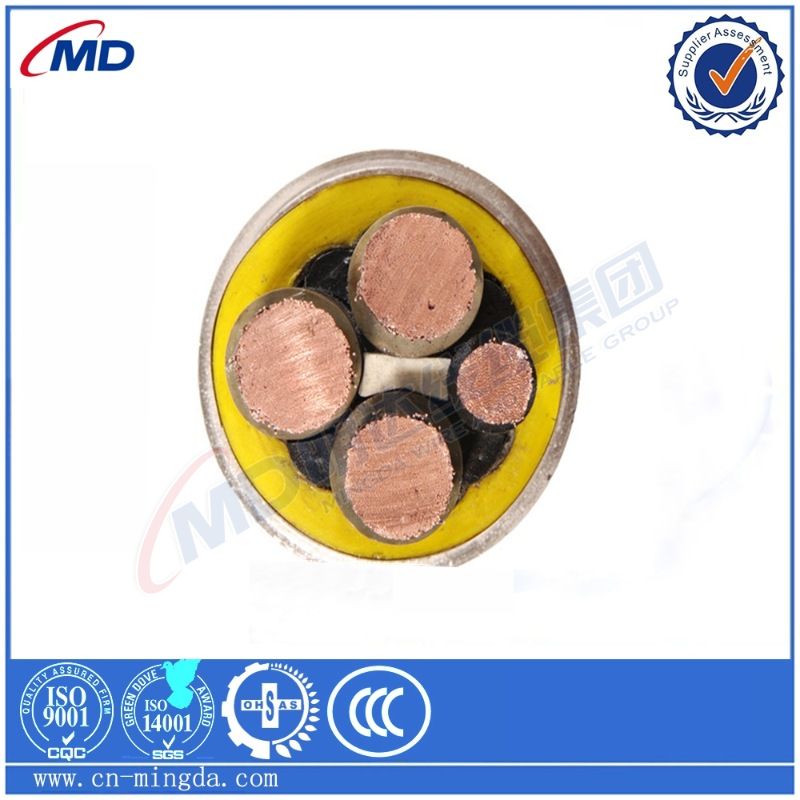ഡിസം . 04, 2024 21:38 Back to list
industrial check valve
Understanding Industrial Check Valves Importance, Types, and Applications
Check valves, also known as non-return valves, play a critical role in various industrial applications by allowing fluid to flow in one direction while preventing backflow. This simple yet effective mechanism is essential in maintaining system integrity, protecting equipment, and ensuring operational efficiency in various industries, including oil and gas, water treatment, and manufacturing.
The Importance of Check Valves
The primary function of a check valve is to prevent reverse flow, which can lead to a multitude of problems in industrial systems. Reverse flow can cause contamination, damage to pumps and other equipment, loss of pressure, and system inefficiency. For instance, in a pumping system, backflow can lead to the pump becoming damaged or losing prime, resulting in costly repairs and operational downtime. Thus, the use of check valves is paramount for safeguarding integrated systems.
Types of Industrial Check Valves
There are several types of check valves, each designed to suit specific applications and fluid characteristics. The main types include
1. Swing Check Valve This type uses a hinged disc to allow fluid flow in one direction. When there is a reverse flow, the disc swings back, sealing off the valve to prevent backflow. Swing check valves are commonly used in high-capacity systems due to their minimal pressure loss during forward flow.
2. Lift Check Valve Similar to swing check valves, lift check valves employ a moving disc that lifts off its seat during forward flow. When reverse flow occurs, the disc returns to its seat, thus blocking the backflow. These valves are typically used in horizontal piping applications and are preferred for high-pressure systems.
3. Ball Check Valve Utilizing a spherical ball as the closing mechanism, ball check valves are efficient in preventing backflow. The ball moves with the flow of the fluid but seals against its seat when the flow reverses. Ball check valves are compact and suitable for various pipe sizes and applications.
4. Diaphragm Check Valve This type uses a flexible diaphragm that lifts to allow flow and sits back down to prevent reverse flow. Diaphragm check valves are often used in sanitary applications, like food processing and pharmaceuticals, due to their ability to maintain cleanliness and prevent contamination.
industrial check valve

5. Tilting Disc Check Valve This valve employs a disc that tilts on a pivot to open and close. The design minimizes pressure loss and provides a quick closure, making it suitable for high-flow applications, especially in large-scale industries.
Applications of Check Valves
Check valves are utilized across various sectors, demonstrating their versatility and importance
- Oil and Gas In oil production and processing, check valves prevent backflow in pipelines and protect pumps and compressors from reverse pressure, ensuring smooth operations and system integrity.
- Water Treatment In water treatment plants, check valves are crucial for preventing backflow, ensuring that treated water remains uncontaminated. They are also used in wastewater management to keep systems functioning optimally.
- HVAC Systems In heating, ventilation, and air conditioning systems, check valves help maintain air pressure and prevent backflow in ductwork, ensuring efficiency and comfort in environmental control.
- Manufacturing Many manufacturing processes require check valves to maintain the direction of product flow in piping systems, ensuring consistent and reliable operations.
Conclusion
In conclusion, industrial check valves are vital components in various systems, providing numerous benefits including protection against backflow, improved equipment longevity, and efficiency in operations. Understanding the types and applications of check valves enables industries to select the appropriate type for their specific needs, ensuring that operations run smoothly and minimizing potential issues. As industries continue to evolve, so too will the designs and technologies surrounding check valves, reinforcing their essential role in modern industrial processes. By incorporating advanced materials and innovative designs, manufacturers will enhance the performance and reliability of check valves, catering to the ever-increasing demands of diverse applications.
Share
-
Reliable Wafer Type Butterfly Valves for Every IndustryNewsJul.25,2025
-
Reliable Flow Control Begins with the Right Ball Check ValveNewsJul.25,2025
-
Precision Flow Control Starts with Quality ValvesNewsJul.25,2025
-
Industrial Flow Control ReliabilityNewsJul.25,2025
-
Engineered for Efficiency Gate Valves That Power Industrial PerformanceNewsJul.25,2025
-
Empowering Infrastructure Through Quality ManufacturingNewsJul.25,2025